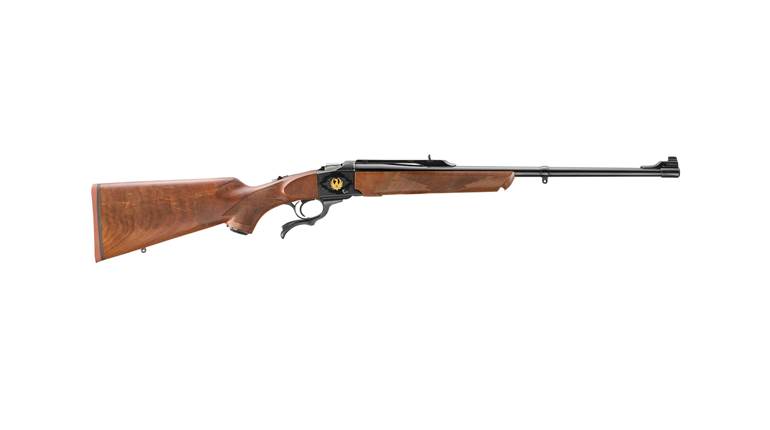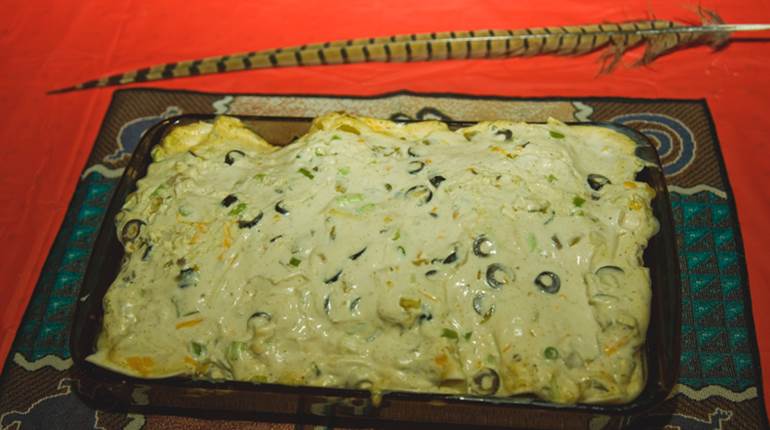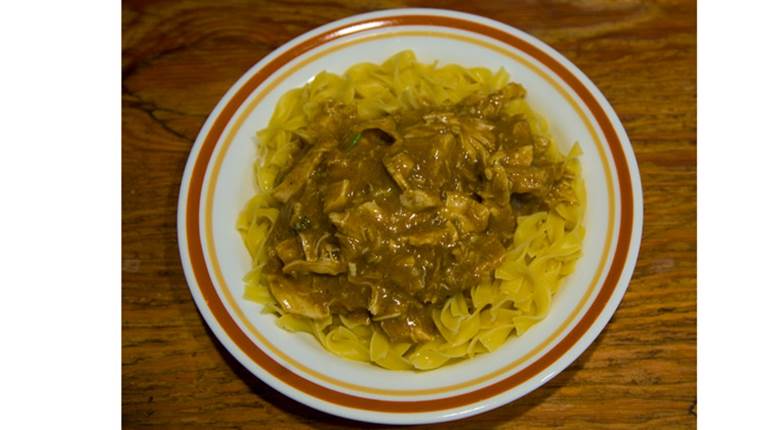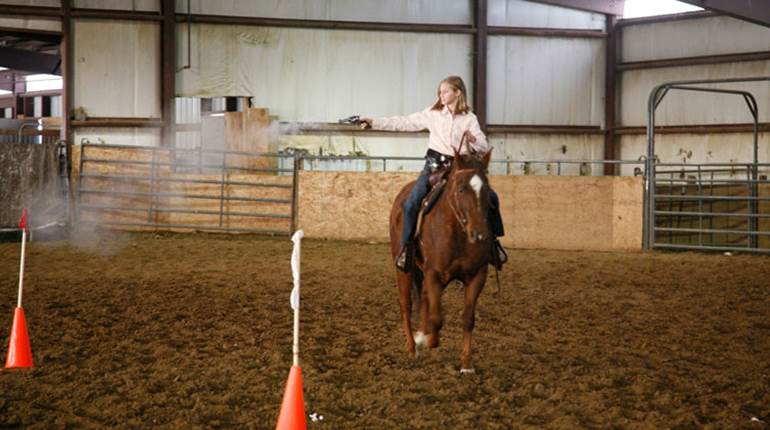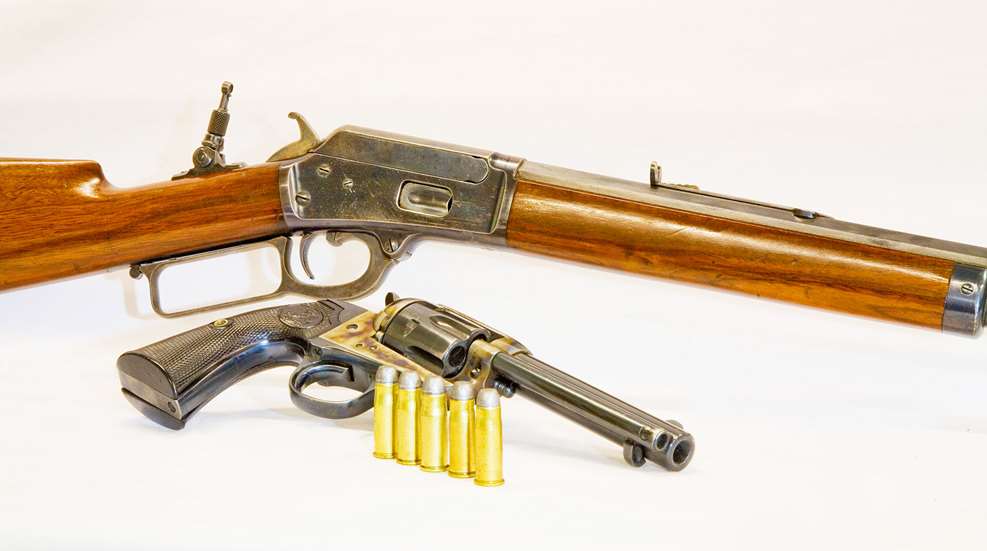
To say that the Model 1873 Winchester set the world on fire is a bit of an understatement. Winchester knew it had a winner with the Model 1866, but the folded-rim cartridges were simply not up to the task of containing the pressures necessary to launch anything of substantive power. The centerfire primer gave the company that much needed edge.
Gun people—especially those who carry along a firearm as part of their daily business—complained then, as they do now, that what they needed was something lightweight and less burdensome to carry but powerful enough to fit their self-defense and hunting needs. Not much has changed in some 150 years. Trouble is, when you lighten up the firearm but keep the original power, recoil is intensified, and the manufacturers will get beefed for that.
One solution is to make a cartridge with lighter bullets that have less inertia to overcome, thus lessening the obstinate and accuracy-robbing recoil. So Winchester decided to reduce the diameter of the bullet a bit and neck down the .44-40 Winchester Center Fire (WCF) cartridge. Bullet diameter shrunk from .427" to .401" and the weight of the bullet from 212 grains to 180 grains. Technically, using the Winchester nomenclature of the day, the new cartridge would be called the “.40-40 WCF,” but apparently that moniker lacked pizazz, so somebody lost in the annals of Winchester history decided on .38-40 WCF, and it stuck. Then, as today, cartridge nomenclature never let accurate specificity get in the way of marketing.
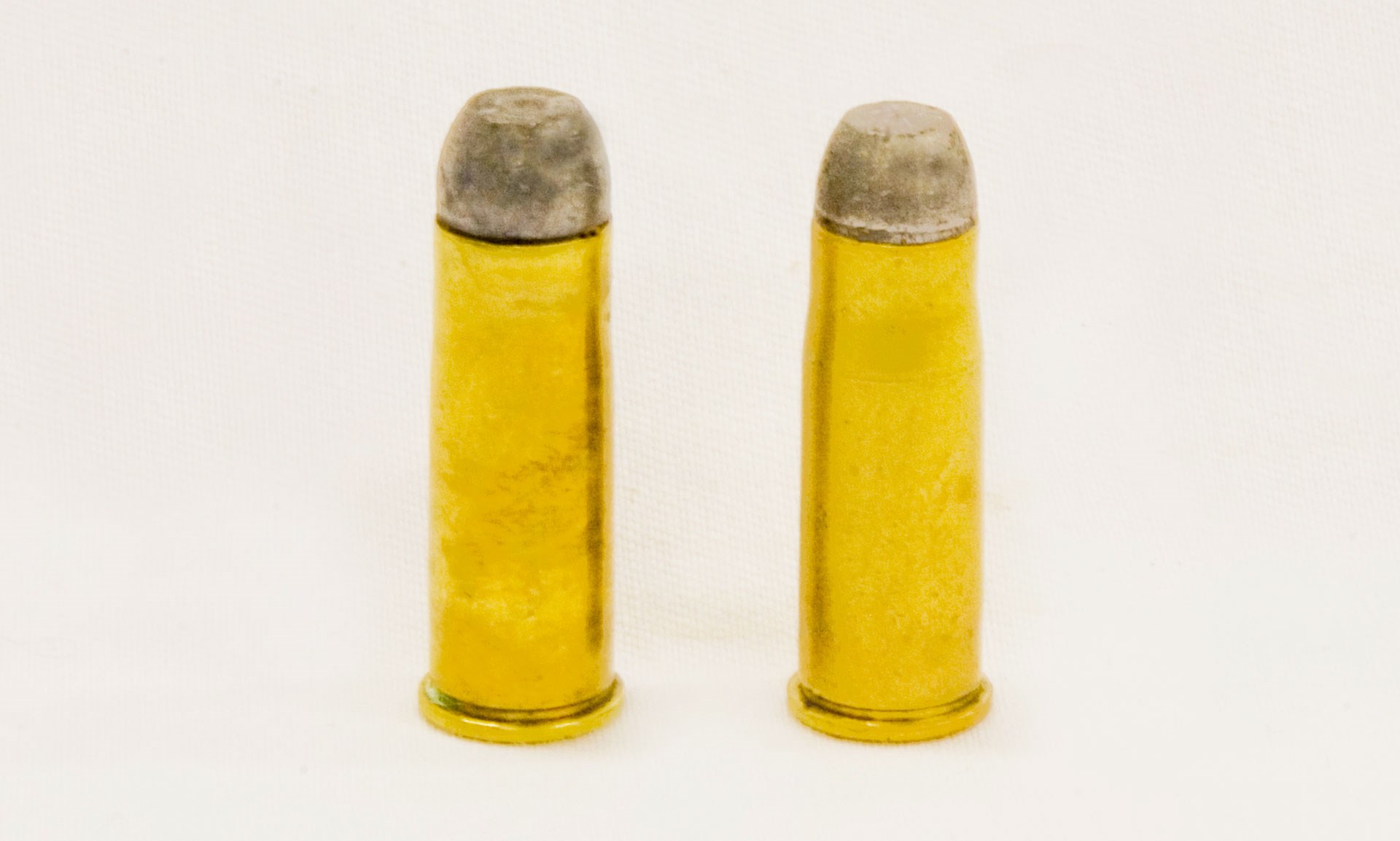
If one looks up the .38-40 WCF now, most claim it was introduced in 1874. However, George Madis, author of The Winchester Book and generally considered the last word on all things Winchester, says that the .38-40 WCF was actually introduced in the Model 1873 rifle in 1879. Danny Michael, curator of the Cody Firearms Museum, confirmed this saying that according to its records, the first Model 1873 in .38-40 WCF was shipped in 1880. Colt’s first Single Action Army chambered in the lighter load was in the mid-1880s.
The .38-40 WCF made a pretty fair stab at maintaining adequate power, while making it easier to make hits with its somewhat flatter trajectory and reduced recoil. From a 24" rifle barrel, it launched 180-grain bullets in the 1,100 to 1,150 f.p.s. range. Later on as revolvers were chambered for it, the cartridge was still at a respectable 800 f.p.s., plus or minus, or about that of the more modern .40 S&W with cast bullets. Recall, too, that the .38-40 WCF was developed during the blackpowder era. When smokeless powders and jacketed bullets became the norm, the 19th-century cartridge still competes ballistically with the modern iteration at 1,000 f.p.s.
All of this meant that while the .44-40 WCF was king of the hill in the Winchester ’73, the .38-40 WCF ran a somewhat close runner up. When the Model 1892 Winchester was introduced it also was available in .38-40 WCF.
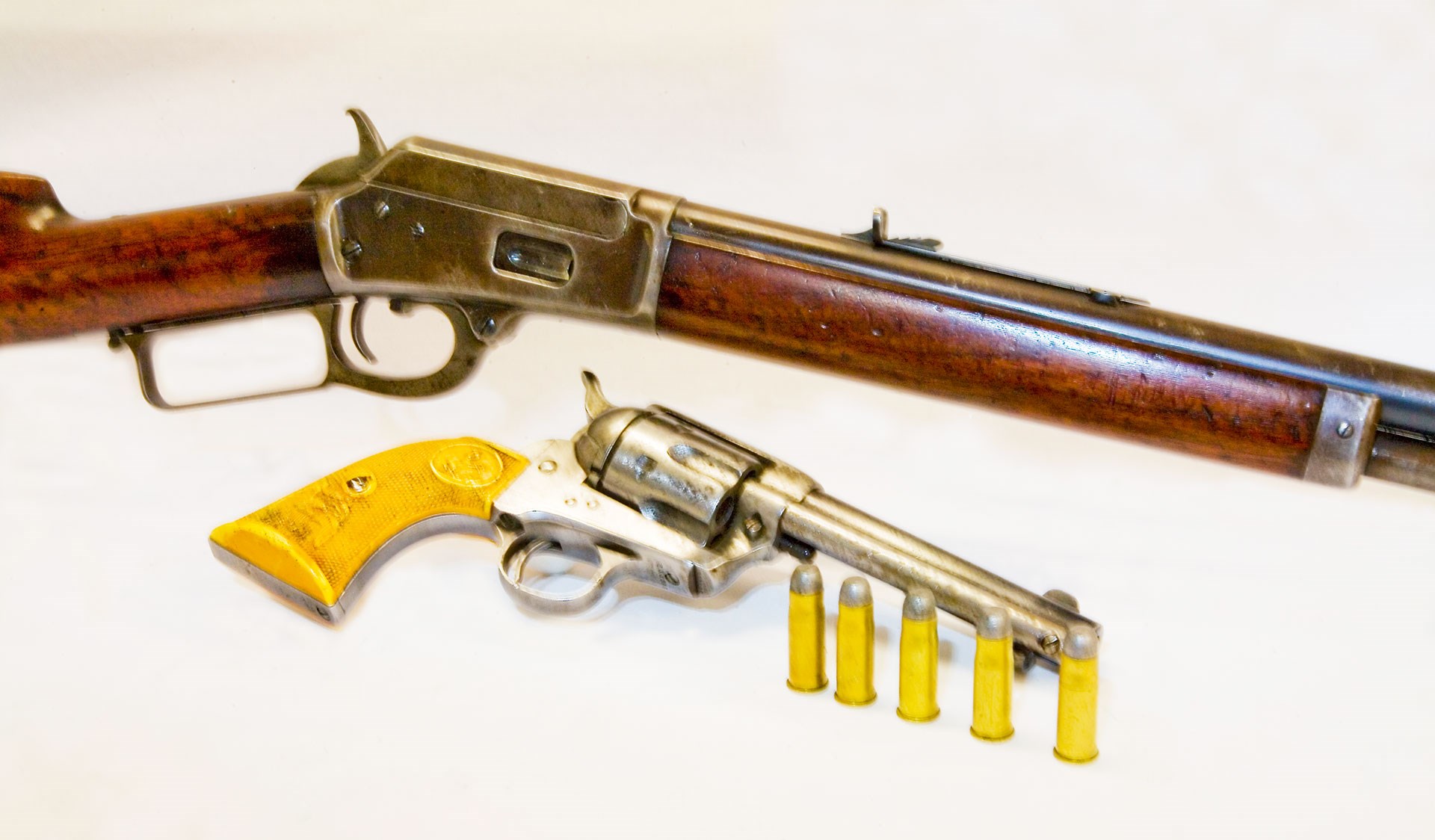
Similarly, in the Colt SAA, the .44- and .45-calibers reigned at the top of the popularity heap, but the .38-40 WCF came in a strong third right to the end of the first-generation guns in 1941. Colt also chambered it in its Model 1878 double-action revolver and later in the New Service double actions. Smith & Wesson chambered a few Model 3 single-action revolvers for the .38-40 WCF, and later a handful of its N-frame revolvers, but the total number of Smiths in this caliber is pretty negligible.
When L.L. Hepburn patented a solid-top, side-ejecting version of the mid-sized Marlin 1888 rifle—and renaming it the New Safety Repeating Rifle Model 1889—one of the first chamberings was in .38-40 WCF. Marlin marked “38W” on top of the barrel. Lengths ran from 15" to 29", round or octagon. Stocks were plain American black walnut up to some highly figured walnut in the better grades. By the way, the retail price of an 1889 at that time was a whopping $18. A friend has a pair of Marlin 1889s that he uses in cowboy-action shooting and was gracious enough to loan them to me for the photos here. Marlin carried the chambering over into its Model 1894 rifle as well.
Colt also chambered its slide-action Lightning rifle in .38-40 WCF, as has several of the replica manufacturers. Remington chambered its Model 14 1/2 in .38-40 WCF beginning in 1913. By 1937, most of the interest in the cartridge had waned. Shooters wanted more power and a flatter trajectory. The blackpowder holdover had seemingly run its course. However, as cowboy action shooting gained in popularity, a Renaissance aura rekindled interest in the .38-40 WCF. Colt reintroduced the .38-40 WCF in its third-generation SAA in 1993, and it had a following for a while.
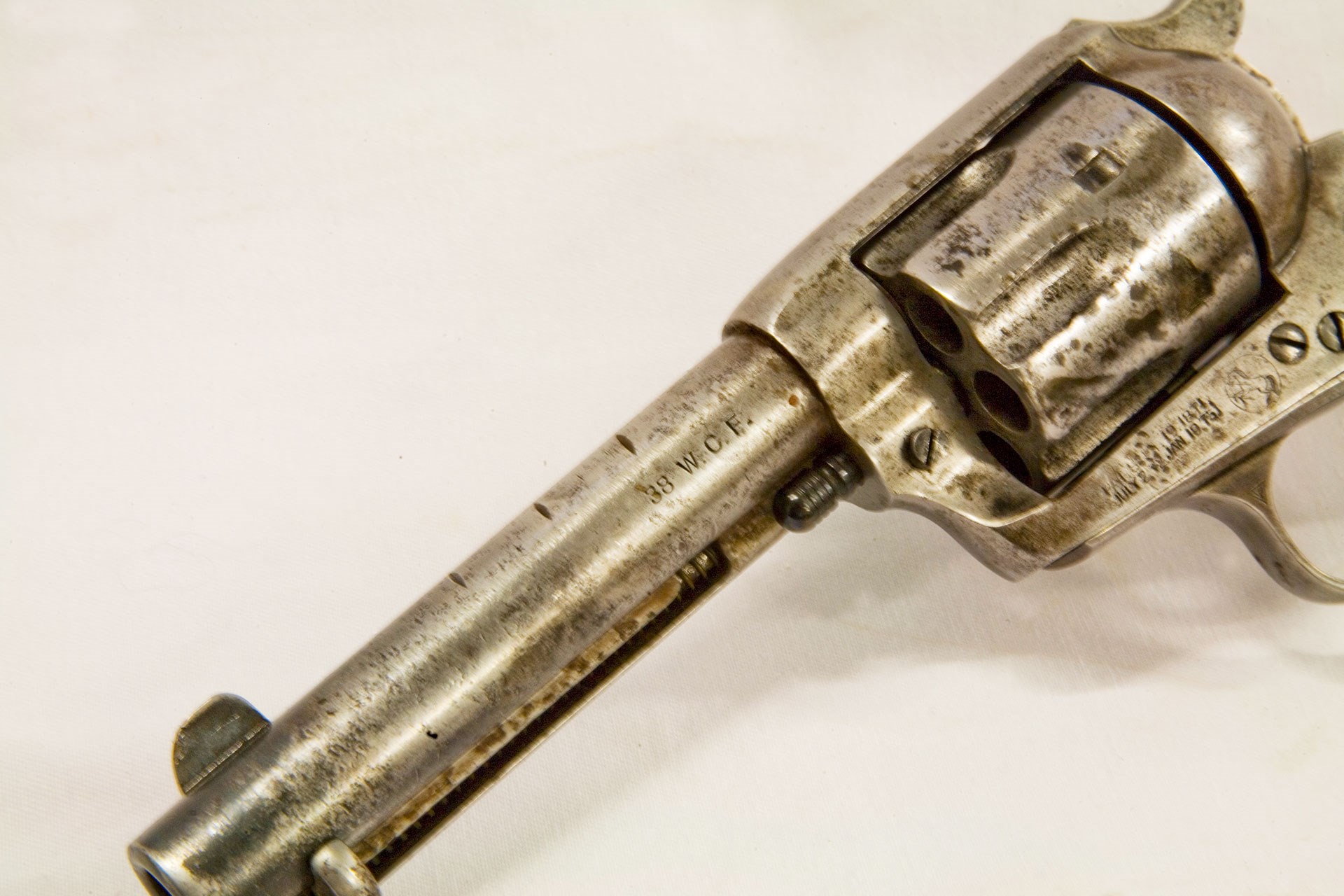
Handloaders either swear by or at the .38-40 WCF. Like its parent cartridge, paper-thin case mouths can be problematic. Handloads often chambered easily into a rifle or carbine, but revolver chambers were—are—cut more precisely, making it necessary to adjust the sizing die down enough to chamber in a revolver.
The issue with thin chamber mouths can be remedied by trimming all the cases to a minimum length and deburring—emphatically not chamfering the mouth. Bell the mouth just enough to accept the heel of the bullet, and gently seat the bullet instead of ramming it. Starline brass has addressed the thin case mouth issue, and the friends I have shooting the .38-40 WCF now much prefer it to other brands. With component shortages being what they are today, finding jacketed .401" bullets now is an issue. The answer here is, of course, to cast your own, but relatively few modern shooters want to do that.
Many moons ago, a high-velocity factory load, giving the 180-grain jacketed soft point a muzzle velocity of 1,775 f.p.s. from a 24" rifle barrel, was available. Unfortunately, it had to be withdrawn because too many guys were stuffing it in black-powder-framed revolvers and blowing them up. The .38-40 WCF was—and is—a fine cartridge for self-defense and smaller game. It’s not much of a deer gun, unless the range is very short. I would not turn away from a revolver chambered for it. The .38-40 WCF earned its chops.












